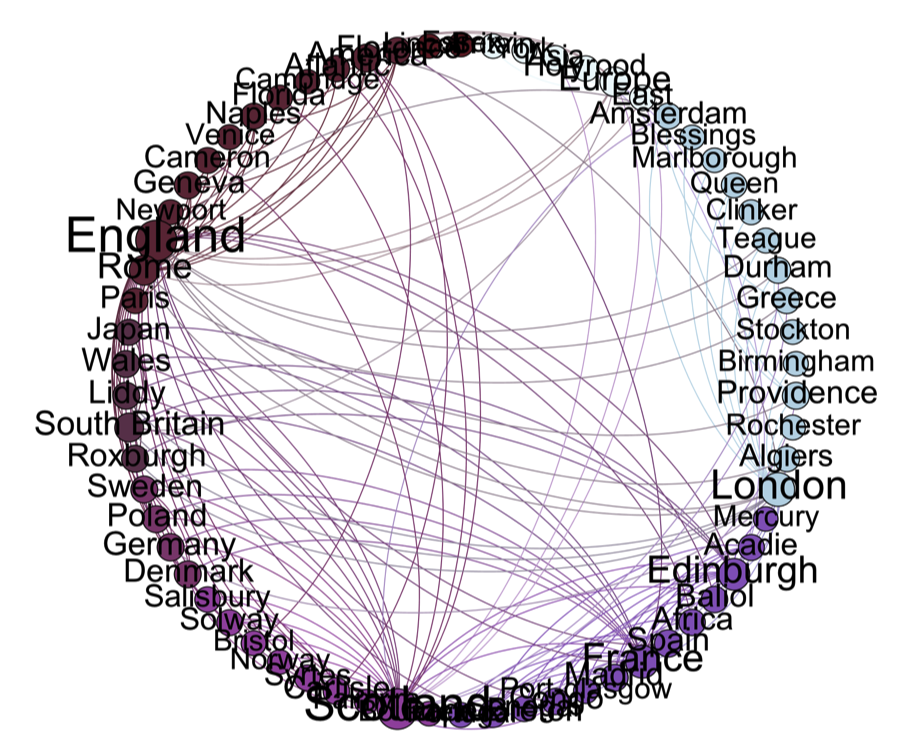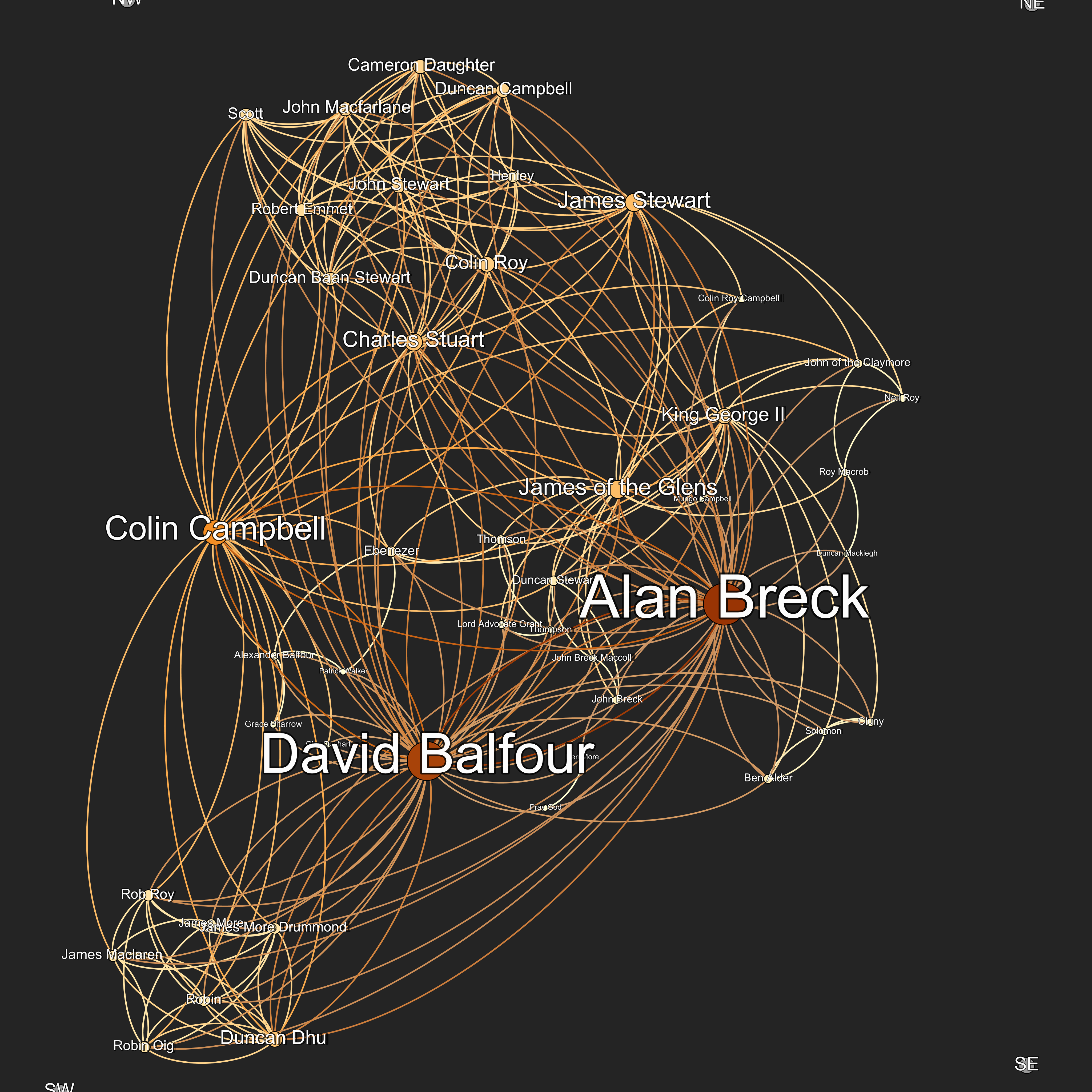Recently I’ve been enjoying an online discussion of the decline in fashion innovation. As Kurt Anderson observes, the visual innovation of mainstream American dress is far less pronounced when comparing someone from 1991 to someone in 2011, that 1971:1991, or 1951:1971. This violates our expectations for the forms of accelerating cultural development we sometimes ascribe to the twenty-first century. Anderson:
Now try to spot the big, obvious, defining differences between 2012 and 1992. Movies and literature and music have never changed less over a 20-year period. Lady Gaga has replaced Madonna, Adele has replaced Mariah Carey—both distinctions without a real difference—and Jay-Z and Wilco are still Jay-Z and Wilco. Except for certain details (no Google searches, no e-mail, no cell phones), ambitious fiction from 20 years ago (Doug Coupland’s Generation X, Neal Stephenson’s Snow Crash, Martin Amis’s Time’s Arrow) is in no way dated, and the sensibility and style of Joan Didion’s books from even 20 years before that seem plausibly circa-2012.
But as Tyler Cowen and Alan Jacobs respond, there’s a big caveat to Anderson’s argument, since it explicitly excludes technology. Cowen notes that we still see innovation in information-dependent technologies:
Today the areas of major breakthrough innovation are writing, computer games, television, photography (less restricted to the last decade exclusively) and the personal stream. Let’s hope TV can keep it up, and architecture counts partially.
I think it’s fair to say that innovation in each of these areas has been driven by the proliferation of new and powerful technologies, from the impact of social media, the internet, and attendent cultural forms on the novel, to the power of new scripting and rendering technologies in architecture.
Yet I think this discussion just misses the more basic insight, which is that fashion, as a channel for communication, is an information technology. Continue reading

